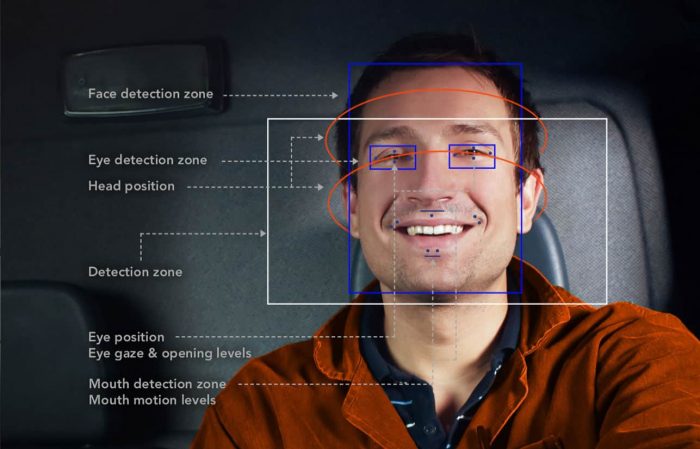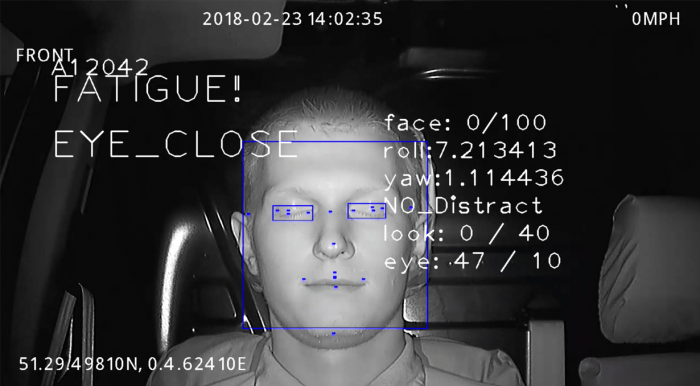We already know smartphones collect a lot of information about us and our lifestyles. And the service providers (we content them, advertently or inadvertently) use this info to make money and to change your lifestyle as well.
What about cars, which already has lot of sensors and growing to change the way you drive and react. The following article published by IEEE elaborates on making good use of this info, of course once handled professionally.
Cars too collect a lot of information — where you’ve been, how fast you drive, where you shop, and more. Modern driver monitoring systems go beyond that. Today’s vehicles monitor the behavior of the drivers themselves. For example, some cars can tell when drivers have taken their hands off the wheel. Cars with autonomous driving capabilities have internal cameras that detect when drivers have taken their eyes off the road. And some of that data may be collected and used by insurance companies.

Which raises questions. What, exactly, does your car know about you?
LOOKING INWARD
The amount of data cars generate is staggering. A typical vehicle may have over 200 sensors generating 4TB of data. Those sensors include diagnostic data to monitor engine performance, and the perceptual systems used to sense whether a car is in the blind spot. Infotainment systems that connect can store information about the stores you visited, the routes you drove, and the people you called.
Cars collect information about drivers and passengers through driver monitoring systems (DMS). They’ve been developed to reduce traffic accidents caused by distracted, impaired, or drowsy driving. Increasingly some of the features of driver monitoring systems are required by regulators for new cars. Components of the system include:
- Driver-facing cameras to monitor driver attentiveness and fatigue
- Heart rate monitors are installed on steering wheels, similar to those found on an exercise machine at the gym. That information can be used to determine fatigue levels through complicated algorithms
- Pressure sensors in seats and infrared devices can detect the number of people in the car. These systems can be used to remind parents not to leave children in the back seat
- Fingerprint sensors can be used to prevent unauthorized use
The tools and techniques used in DMS systems are fascinating, and there are many existing and emerging sensors and algorithms in this space.
PRIVACY AND SECURITY
IEEE Senior Member Euclides Chuma notes that some of the data collected by and DMS can be used to make inferences about you. And much of the concern comes from drivers worried about insurance rates, the data can be used for much more.
Cameras, he said, can be used to identify your body type. Heart rate monitoring can provide clues to your physical health and stress levels. Your musical preferences might reflect your mood. Identifying the number of people in a vehicle can indicate your level of sociability.
Much of this information, if it were made available, would be useful to marketers and advertisers to encourage people to spend impulsively.
“This raises ethical concerns about the extent to which technology can be employed for economic gains at the expense of an individual’s well-being,” Chuma said.

IEEE Member Ralf Ma said that ensuring the collection of personal data and information requires the cooperation of policymakers, car manufacturers, third-party certifiers and consumers.
“Policymakers need to determine what kind of data will be desensitized for use by automakers, what data cannot be used and can only be stored locally and what data must be confirmed by the consumer before it can be used,” Ma said. “There must be clear restrictions on the use of all data types.”
Experts note that there’s a lot of overlap between the type of information collected by cars and the type of information collected by smartphones, and that like smartphones, drivers often consent to the collection of data.
“Our personal driving data, the places we visit and image data during our driving can be collected by our car,” said IEEE Member Bilin Aksun-Guvenc, “The driver’s consent is required for any personally identifiable information like name and address. Even with consent, this information should not be made publicly available.”
This article was published in IEEE Transmitter https://transmitter.ieee.org.
